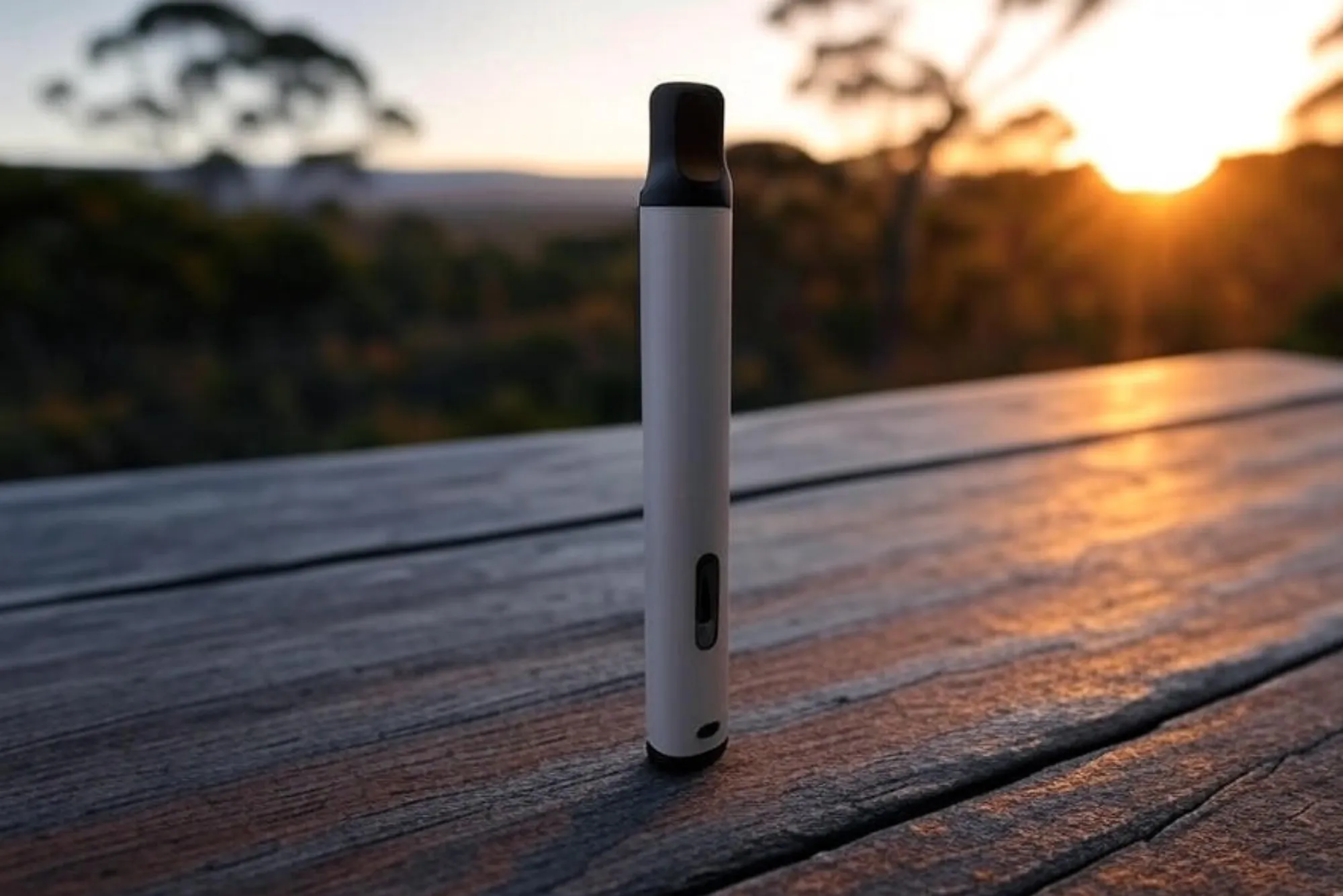How to Make the Switch Stick: Long-Term Vape Success
Making the switch from traditional cigarettes to vaping is a major milestone for anyone looking to live a healthier lifestyle. But success doesn’t just lie in putting out your last cigarette — it lies in staying off them for good. Many people start vaping as a tool to quit smoking, but only a portion achieve long-term results. That’s where this guide comes in. Whether you’re just starting or have struggled with relapse, this article offers practical insights and expert-backed strategies to help you reach long-term quit smoking success with vaping.
Why Vaping Works for Quitting Smoking
Unlike traditional nicotine replacement therapies (NRTs), vaping provides a similar hand-to-mouth action and nicotine delivery style as cigarettes. This makes it easier for smokers to transition. The presence of flavors, varying nicotine strengths, and device options also give vapers a sense of control over their quitting process. Vaping doesn’t just replace the chemical dependency but also addresses the behavioral side of smoking addiction. However, to achieve true success, vaping must be used intentionally and consistently as a harm reduction tool.
Build the Right Mindset from the Start
One of the biggest factors in achieving quit smoking success through vaping is your mindset. Entering the journey with a strong commitment to quit cigarettes permanently is key. Recognize that vaping is not a magic cure but a stepping stone. Set clear goals for yourself — whether that’s lowering nicotine levels over time or switching entirely to nicotine-free vape juice. Understand that setbacks might happen, but they don’t define your entire journey. Remind yourself regularly why you made the switch and what you stand to gain in the long term.
Choose the Right Device for Your Needs
Not all vapes are created equal. Picking the wrong device can frustrate new users and lead them back to smoking. Beginners often benefit from simple pod systems or starter kits. These are user-friendly, discreet, and simulate the experience of smoking closely. Avoid high-powered mods in the beginning, as they can deliver too much nicotine or vapor, overwhelming new users. Find a device that suits your lifestyle, is easy to maintain, and provides consistent performance. Read reviews, visit vape shops for guidance, and don’t be afraid to try different options until you find your fit.
Find the Right Nicotine Strength
Nicotine strength plays a major role in whether you succeed or fail when switching to vaping. Too little nicotine can leave you unsatisfied, leading to relapse. Too much can cause dizziness, headaches, or throat irritation. If you were a heavy smoker (more than a pack a day), consider starting with higher nicotine salt e-liquids, typically 20-50 mg. Lighter smokers may do well with freebase nicotine at 6-12 mg. Over time, you can gradually reduce the nicotine strength to wean off the addiction while still enjoying the vaping experience.
Develop a Vaping Routine
Structure creates success. Set a routine around your vaping, just as you did with smoking. This means having your device charged, filled, and accessible during moments when cravings hit hardest — like morning coffee breaks or post-meals. Creating a new ritual helps train your brain to associate vaping with the times you used to smoke. As you gain confidence and feel fewer cravings, you can start spacing out those vape sessions and take control over your usage. A solid routine also reduces the chances of unexpected urges driving you back to cigarettes.
Manage Triggers and Cravings
Triggers are the hidden traps that cause many to relapse. Common triggers include stress, alcohol, social events, or even specific locations. Recognizing your personal triggers is the first step. Next, prepare responses in advance. If stress triggers you, consider vaping as a temporary relief tool, but also try incorporating relaxation techniques like deep breathing or short walks. If social pressure is an issue, keep a vape device that’s discreet yet effective, so you don’t feel left out or tempted to light up. Avoid situations where you’re likely to be offered cigarettes until your willpower is stronger.
Lean on Support Systems
Quitting smoking is easier when you’re not doing it alone. Whether it’s family, friends, online vape forums, or quit-smoking groups, having someone to share your victories and struggles with makes a difference. Share your goals and progress, ask for encouragement when you feel low, and celebrate milestones together. Many people find success in communities like Reddit’s r/QuitSmoking or local vape shop meetups. Support isn’t just emotional; it’s educational. Other vapers can suggest devices, flavors, or techniques that might work better for you.
Reduce Nicotine Gradually Over Time
If your ultimate goal is to be nicotine-free, vaping offers a unique path. Unlike cigarettes or patches, you can control exactly how much nicotine you consume. Start with a level that satisfies your cravings, then gradually reduce it every few weeks. This tapering approach allows your body to adjust without the harsh withdrawal symptoms. Eventually, many vapers switch to 0mg nicotine juice, maintaining the hand-to-mouth habit without the dependency. Long-term quit smoking success through vaping is not just about staying off cigarettes but moving toward full nicotine independence.
Avoid Dual Use for Best Results
Many switchers make the mistake of continuing to smoke occasionally while vaping. This dual-use habit significantly reduces your chances of long-term success. Your body doesn’t get a chance to reset, and you keep feeding both the chemical and behavioral addiction. Make a firm commitment to stop smoking entirely. Set a quit date, prepare your vape gear, and get rid of any remaining cigarettes. Every cigarette you don’t smoke is a win — but allowing occasional slips makes the switch much harder to stick.
Be Patient and Persistent
Success doesn’t happen overnight. Some people transition quickly, while others take months. What matters is not how fast you get there, but that you don’t give up. There will be days when cravings feel overwhelming or when the vape doesn’t seem to satisfy. This is normal. Use these moments as learning opportunities. Maybe you need to adjust your nicotine level, try a different flavor, or simply take a walk and clear your mind. Progress is not linear — but with consistency, the cravings fade, and the freedom from cigarettes becomes real.
Track Your Progress
Monitoring your success can be extremely motivating. Use apps or journals to track how many days you’ve gone without smoking, how much money you’ve saved, or how your health has improved. Some apps even show how your body heals over time after quitting. Seeing the real-life benefits of quitting smoking through vaping — better breathing, improved stamina, no more smoker’s cough — helps you stay committed. Celebrate small wins like 7 days, 30 days, or 100 days smoke-free. These milestones matter more than you think.
Maintain Vaping as a Harm Reduction Tool
While the end goal may be quitting nicotine completely, remember that vaping is first and foremost a harm reduction tool. If you stay on a low-dose vape for years but never go back to cigarettes, that is still a major health victory. Don’t feel pressured by others to “quit everything” if you’re not ready. Public health experts agree that vaping is significantly safer than smoking. If it keeps you away from combustible tobacco, it’s doing its job. Focus on your journey and what success looks like for you.
Make the Switch and Make it Last
Switching from smoking to vaping is one of the most impactful choices you can make for your health and lifestyle. But for long-term success, it requires planning, awareness, and dedication. By choosing the right device, managing your cravings, reducing nicotine gradually, and building a strong support system, you can make this transformation stick. Remember: every day you stay off cigarettes is a win. You’ve already taken the first step — now commit to going the distance.
FAQ
Q: How long does it take to quit smoking with vaping?
A: Most people begin to feel reduced cravings within 2–4 weeks. However, complete cessation can take months, depending on nicotine strength and behavior patterns.
Q: Is vaping safer than smoking?
A: Yes. Public health bodies, including the UK’s NHS, state that vaping is at least 95% less harmful than smoking, as it lacks tar and combustion-related toxins.
Q: Can I still get addicted to vaping?
A: Yes, if you use high-nicotine products long term. However, you can gradually reduce nicotine over time to avoid long-term dependency.
Q: What is the best vape for quitting smoking?
A: Pod systems like the Uwell Caliburn or Vaporesso XROS are popular for beginners due to their simplicity, satisfaction, and cigarette-like feel.
Q: Can I quit vaping after quitting smoking?
A: Absolutely. Many people use vaping as a transitional tool. Once cravings reduce, you can lower nicotine gradually and eventually quit vaping too.
Q: Why do some people relapse after switching to vaping?
A: Relapses often happen due to stress, poor nicotine management, or returning to old social circles. Having a plan for triggers increases long-term success.
Q: How do I stop dual using (vaping and smoking)?
A: Set a hard quit date for cigarettes, increase your nicotine strength if needed, and lean on support groups for accountability and encouragement.
Q: Is it OK to vape forever if I never go back to smoking?
A: From a harm reduction perspective, yes. If vaping keeps you off cigarettes and you feel healthy, long-term low-dose vaping is a safer alternative.




